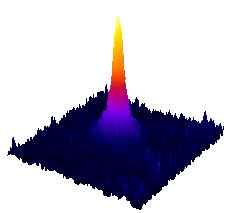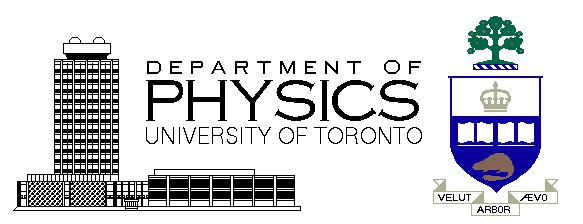Ultracold atoms:
Using laser beams and magnetic fields, we can trap and cool Rubidium
atoms in a vacuum chamber to Bose-Einstein condensation,
essentially absolute zero for our purposes.
These atoms have such small momenta that they act like
quantum waves rather than classical particles. We
have recently used these condensates to measure the time atoms spend tunneling through barriers formed by intense laser beams. Future projects will extend these studies to deal with "atom resonators" and matter-wave lensing, as well as to study the time-dependence of quantum measurements. In parallel, we pursue the development of two-photon "quantum logic gates" mediated by atoms, and fundamental studies of "what a photon is doing" while propagating through a cloud of absorbing atoms.
Undergraduate research possibilities
We welcome one or two interested undergraduate
students to join us for the summer, typically for
4 months, to work on these projects. Although all group members
are expected to be familiar with both subjects, a student would choose
one of the two to concentrate on. Typical projects might include
setting up a modulation system to steer laser beams and design complex
shapes for our barrier potentials; building and characterizing diode
modules for single-photon counting; or writing code to analyze images
of trapped atoms and extract information about their quantum-mechanical
wave functions.
The ideal student will have completed 3 or 4 years of physics, although
exceptional 2nd-year students will be considered. Experience with optics
or atomic physics or computer programming is a plus but not essential.
|

|

